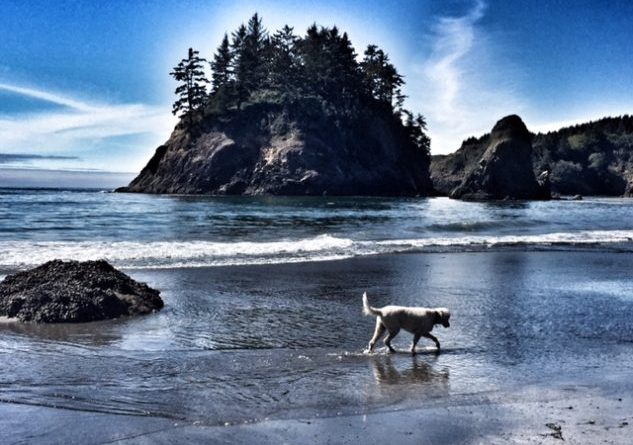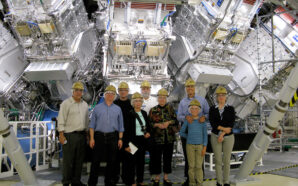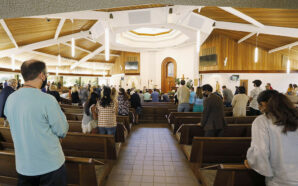Logan Pollard
California News Service
SANTA CRUZ, Calif. – President Barack Obama on Thursday January 12th announced the expansion of two national monuments in California – California Coastal National Monument and Cascade-Siskiyou National Monument at the Oregon border.
Much more than recognition of the unique history or geography of a place, this kind of designation can be a strategic, and often political, move to protect public lands and right historical wrongs.
That’s what’s happening here, said Valentin Lopez, who chairs the Amah Mutsun Tribal Band and is a descendant of the Cotoni people who once lived in and around the Santa Cruz coast.
“We’re just very grateful that we are finally giving recognition to our Cotoni ancestors,” he said. “Whenever the missions came in, they did all they could to erase our culture and our identity. So, there are very few marks that identify the Mutsun people, and so this is very significant, to have the California Coastal National Monument.”
Critics of these designations say they tie up land that could be used for development and minimize tax revenue for local governments. However, economic reports have said California’s public lands generate more than $8 billion a year in outdoor-recreation spending and support 732,000 jobs in the state.
The newly protected areas include the Orange County Rocks, the Cotoni-Coast Dairies in Santa Cruz County, and Trinidad Head.
Julie Fulkerson, retired mayor of Trinidad in Humboldt County, said these designations are not only about preservation and public access to beautiful spots. In her view, they’re places of restoration that help people connect to a deeper part of themselves.
“It’s a place where I can go and imagine what it was like 300,000 years ago,” she said. “I see it as a source of creativity, not just environmental protection, but it’s something that is difficult to describe and it has to do with possibilities, imagination, what goes on inside of our heads, reflection – all of those things.”
The new designations include some 6,200 acres on the California coast and another 47,000 at the border with Oregon, 5,000 of which are in California. The National Park Service has said California has had more than 38 million visitors to its parks.
More information about California’s national parks and public spaces is online at nps.gov.






